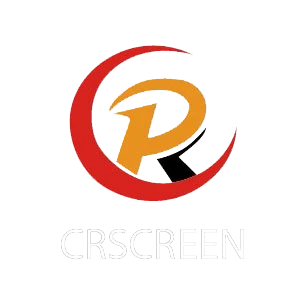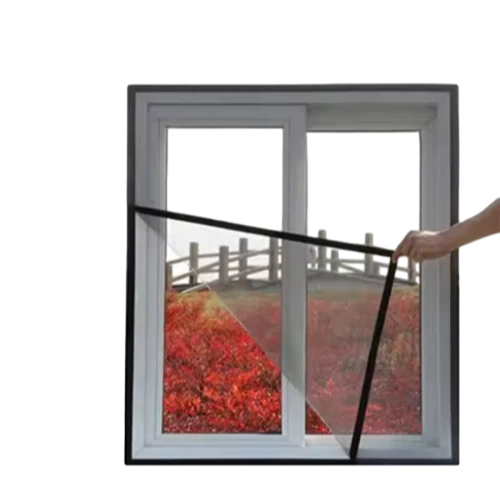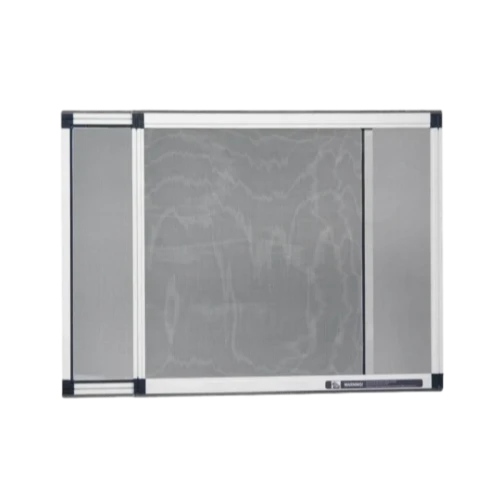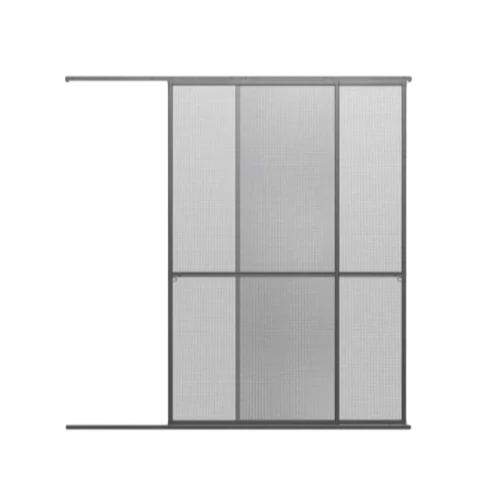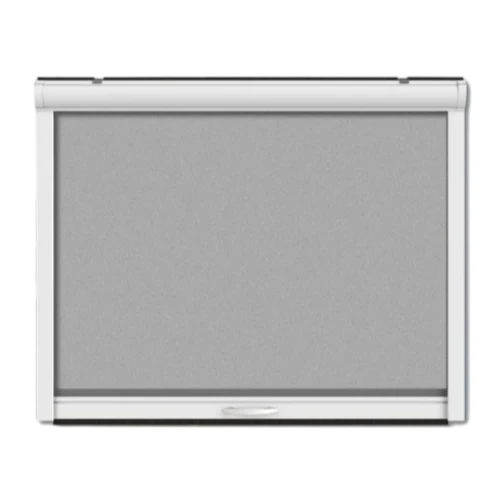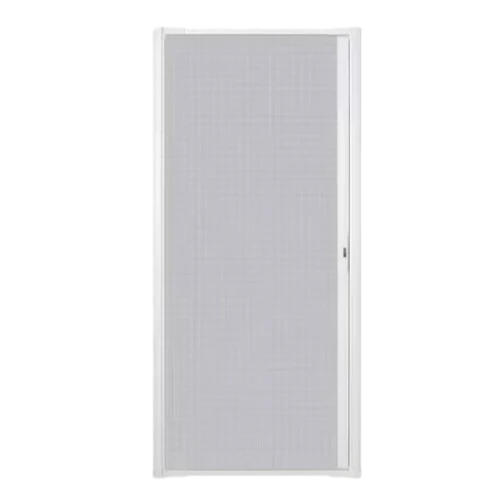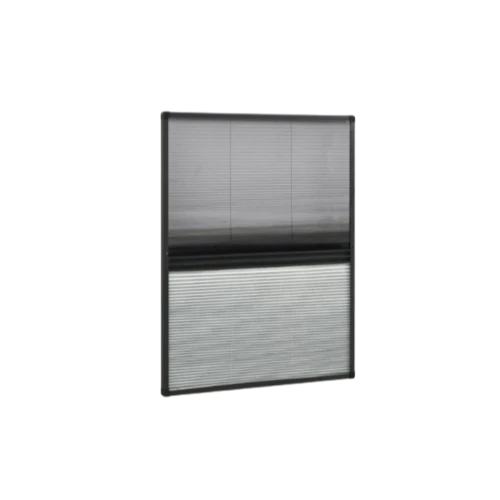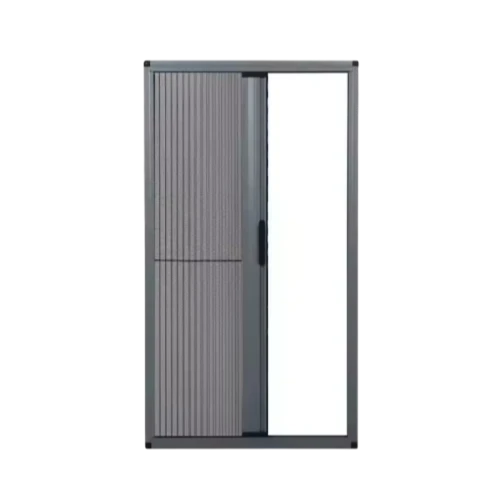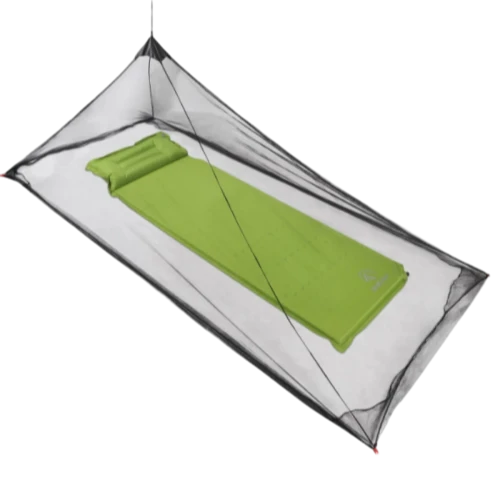Aug . 19, 2025 04:40 Back to list
Hanging Bed Net: Sleep Soundly, Bug & Mosquito Free
The Strategic Imperative of Advanced Pest Control Solutions in Global Health and Hospitality
In an increasingly interconnected global landscape, the paramount importance of effective vector control cannot be overstated, particularly concerning airborne disease vectors like mosquitoes. Industries ranging from international hospitality and humanitarian aid to remote expeditionary operations face persistent challenges in ensuring the safety and comfort of their clientele and personnel. The market for sophisticated insect barrier solutions, epitomized by the hanging bed net, is experiencing robust growth, driven by heightened health consciousness and the continuous spread of mosquito-borne illnesses such as malaria, dengue, and Zika. Projections indicate a compound annual growth rate (CAGR) exceeding 6% for the global mosquito net market through 2028, underscoring a critical demand for reliable and technologically advanced solutions. This surge is further fueled by international health initiatives and the evolving expectations of consumers and organizations for superior protection. Manufacturers are responding by innovating designs, improving material science, and enhancing the overall efficacy and durability of these essential products. The focus has shifted from rudimentary protection to integrated pest management systems, where the hanging bed net serves as a primary, non-chemical barrier, aligning with eco-conscious and health-centric trends. Understanding the intricate balance between functionality, material integrity, and ease of deployment is crucial for procurement specialists and decision-makers in B2B sectors seeking to implement optimal preventive health measures.
The evolution of barrier technologies, specifically the hanging bug net and the hanging mosquito net for bed, reflects a sophisticated understanding of entomological threats and human-centered design. Early iterations were often cumbersome and fragile, but modern advancements have yielded products that combine high-performance protection with aesthetic integration and simplified deployment. This includes innovations in mesh strength, anti-snag properties, and enhanced breathability, all while adhering to stringent international health and safety standards. For instance, the World Health Organization (WHO) consistently advocates for the use of Long-Lasting Insecticidal Nets (LLINs) as a core component of malaria control strategies, indirectly driving demand for robust and durable net structures. Furthermore, the burgeoning eco-tourism sector and the increasing popularity of glamping necessitate solutions that offer both premium protection and seamless integration into natural environments, without compromising on user experience. This comprehensive overview aims to dissect the technical specifications, manufacturing precision, and diverse applications of contemporary hanging bed net solutions, providing B2B stakeholders with the insights required to make informed decisions regarding their procurement and implementation strategies. Our detailed analysis will highlight the critical factors that differentiate superior products in a competitive market, ensuring optimal investment in public health and operational efficiency.
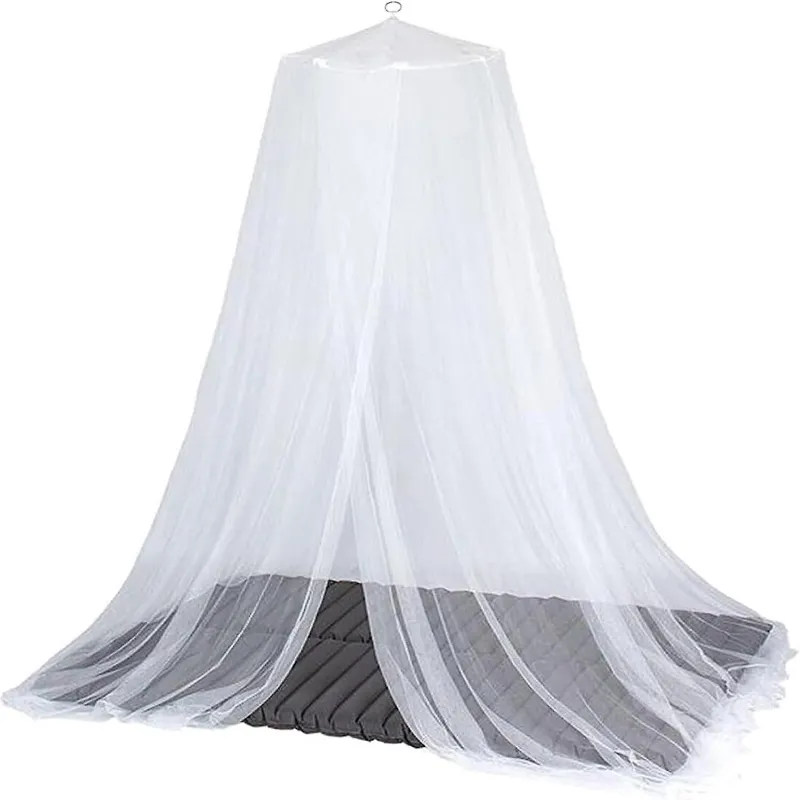
Craftsmanship Unveiled: The Precision Manufacturing of Advanced Hanging Bed Nets
The production of a high-quality hanging bed net, such as the Dome Hanging Mosquito Net, involves a meticulous multi-stage manufacturing process designed to ensure durability, efficacy, and user safety. This intricate procedure begins with the selection of premium materials, primarily high-density polyethylene (HDPE) or polyester filament, chosen for their inherent strength, light weight, and resistance to degradation. Polyester, often preferred for its excellent drape and feel, typically features a denier count ranging from 50D to 100D, which directly influences the fabric's tensile strength and tear resistance. HDPE, on the other hand, offers superior UV resistance and robustness, making it ideal for prolonged outdoor exposure or harsh environmental conditions. The chosen material undergoes advanced knitting techniques, typically warp knitting, to create a consistent, fine mesh fabric. This process is critical for achieving the optimal mesh count, usually 156 holes per square inch (HPSI) as recommended by WHO guidelines for effective mosquito exclusion, while simultaneously ensuring adequate air circulation for user comfort. Precision control during knitting prevents irregularities that could compromise the net's protective integrity or reduce its lifespan. Adherence to standards such as ISO 9001 for quality management systems is non-negotiable, ensuring that every batch of material and every stage of manufacturing meets rigorous international benchmarks for consistency and performance. This initial phase sets the foundation for a product that not only functions as a barrier but also withstands the rigors of frequent use and diverse environmental stressors.
Following the knitting process, the large fabric rolls are meticulously cut into the specific patterns required for the Dome hanging bed net's unique design, which often includes a reinforced dome apex and flared sides for comprehensive coverage. Computer Numerical Control (CNC) cutting technology is frequently employed to ensure precise dimensions and minimize material waste, reflecting a commitment to both quality and sustainability. Edge finishing, including hemming and seaming, is then executed using industrial-grade sewing machines, often employing double-stitched or overlock seams to prevent fraying and enhance structural integrity. Stress points, such as hanging loops or entry flaps, are further reinforced with robust webbing or additional stitching to withstand significant tensile forces during installation and daily use. For chemically treated nets, an impregnation process, typically with permethrin or deltamethrin, is applied evenly to the fabric, ensuring long-lasting insecticidal properties as per WHO Pesticide Evaluation Scheme (WHOPES) recommendations. This treatment significantly enhances the net's ability to repel and kill mosquitoes on contact, offering an additional layer of protection. The final stages involve rigorous quality assurance checks, including visual inspections for fabric defects, mesh integrity tests, dimensional accuracy verification, and, for treated nets, bioassays to confirm insecticidal efficacy. These comprehensive checks ensure that each hanging bed net meets or exceeds international safety and performance standards, providing end-users with a reliable and long-lasting barrier solution with an estimated service life often exceeding five years under typical use conditions.
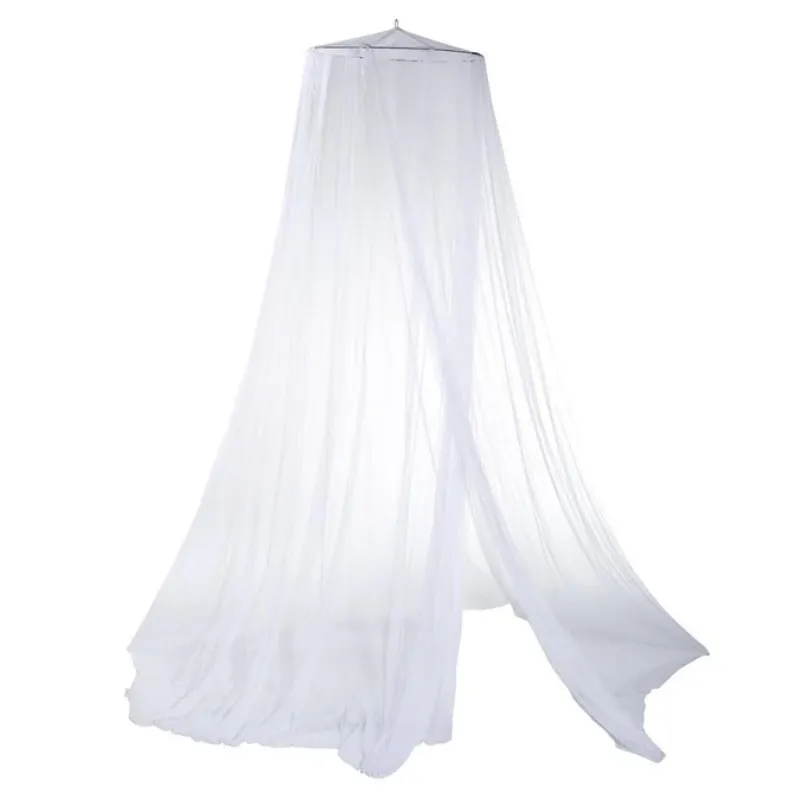
Technical Parameters and Performance Benchmarks for Leading Hanging Bed Net Solutions
Understanding the critical technical specifications of a hanging bed net is paramount for B2B stakeholders involved in procurement, especially those operating in public health, hospitality, and defense sectors. These parameters directly influence the product's effectiveness, durability, and suitability for specific environments. Key metrics include mesh density, often expressed as holes per square inch (HPSI) or threads per square centimeter, with the WHO recommending a minimum of 156 HPSI to effectively block even the smallest mosquito species while allowing adequate airflow. Material composition, typically 100% polyester or polyethylene, dictates tear strength, burst strength, and resistance to UV degradation. Polyester, for instance, provides a softer drape and feel, often used in consumer-grade and hospitality hanging mosquito net for bed applications, while polyethylene offers superior ruggedness and UV resistance for outdoor or humanitarian contexts. Denier count, measuring the fiber's linear mass density, is another crucial indicator of material robustness, with common ranges from 50D (standard) to 100D (heavy-duty) providing varying degrees of tear resistance and longevity. Additionally, the presence and concentration of active insecticidal ingredients, such as permethrin or deltamethrin, are critical for Long-Lasting Insecticidal Nets (LLINs), with the active compound typically lasting for at least three years or 20 washes, as confirmed by WHOPES efficacy tests. These technical details collectively inform the expected performance and operational lifespan of the net under various conditions.
Furthermore, physical dimensions and weight significantly impact logistical considerations for large-scale deployments, especially for organizations involved in disaster relief or global health campaigns. A standard Dome hanging bed net designed for a king-size bed might measure approximately 250cm (height) x 1250cm (circumference at base) x 65cm (ring diameter), weighing around 600-800 grams, enabling compact packaging and efficient transport. UV resistance is measured by the percentage of UV radiation blocked and its impact on material degradation over time, crucial for nets exposed to direct sunlight. Flame retardancy, often tested according to standards like NFPA 701 or BS 5867 Part 2, is an essential safety feature for hospitality and institutional environments. The product's compliance with international quality certifications, such as ISO 9001 for manufacturing processes and specific product safety certifications like OEKO-TEX Standard 100 for harmful substances, provides independent validation of its quality and safety profile. Below is a detailed table outlining typical parameters for high-quality hanging bed net products, including the Dome Hanging Mosquito Net, serving as a comprehensive reference for technical evaluation and comparison. This data-driven approach facilitates informed decision-making, ensuring that the selected product meets the precise operational and safety requirements of the intended application. Our commitment to transparently presenting these parameters reflects our dedication to product integrity and client confidence.
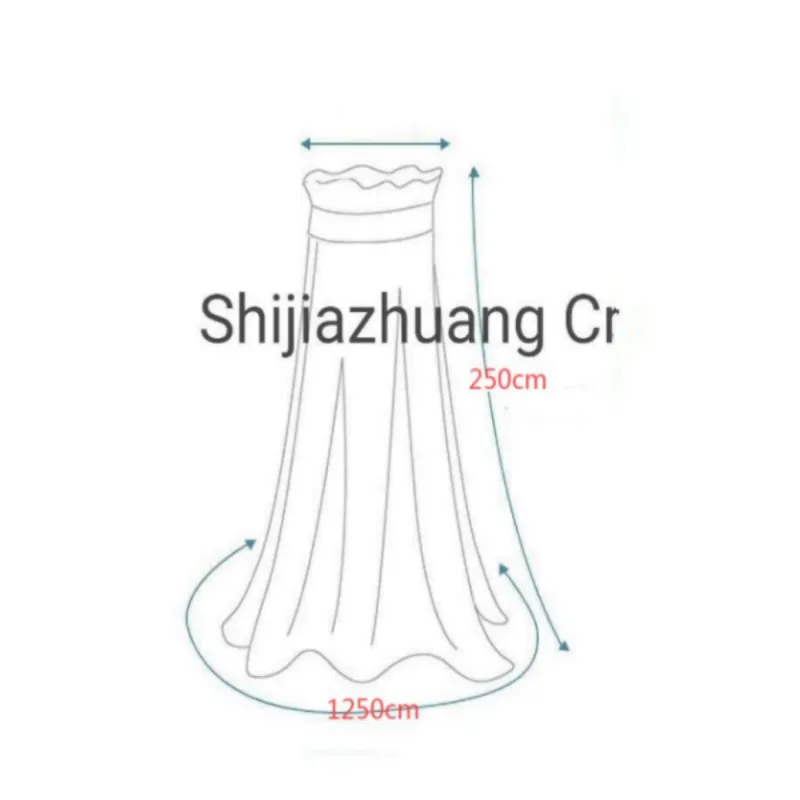
Diverse Application Scenarios: Where High-Performance Hanging Mosquito Nets Excel
The versatility and adaptability of a high-quality hanging bed net extend its utility across a remarkably diverse range of application scenarios, transcending conventional domestic use. In the hospitality sector, particularly in tropical or semi-tropical regions, boutique hotels, eco-lodges, and luxury resorts integrate these nets as a blend of essential guest protection and elegant aesthetic enhancement. The Dome Hanging Mosquito Net, with its sophisticated design, provides an unobstructed view while ensuring a serene, insect-free sleeping environment, significantly enhancing guest satisfaction and safety. Furthermore, in humanitarian aid and disaster relief operations, where temporary shelters and field hospitals are common, the rapid deployment and robust protection offered by durable hanging bug net solutions are invaluable. Organizations like the UN and NGOs frequently procure these nets in bulk to safeguard vulnerable populations from disease vectors in emergency settings, emphasizing ease of setup, portability, and long-term efficacy. The lightweight and compact nature of these nets also makes them ideal for military deployments and expeditionary forces operating in high-risk areas, providing essential personal protective equipment against vector-borne threats that could compromise operational readiness. Their ability to be installed quickly in varied environments, from conventional tents to makeshift shelters, underscores their critical role in ensuring personnel well-being.
Beyond these large-scale deployments, the demand for sophisticated hanging mosquito net for bed solutions is growing in niche markets such as outdoor recreation and specialized industrial camps. For avid campers, glampers, and overlanders, a portable and sturdy hanging bed net transforms an outdoor sleeping arrangement into a secure, comfortable sanctuary, preventing bites from mosquitoes, midges, and other nocturnal insects. Its minimal footprint and straightforward installation make it a superior alternative to fully enclosed tents in milder climates, promoting air circulation while offering robust protection. Similarly, in remote industrial sites, mining camps, or construction zones located in endemic areas, providing high-quality hanging bed net solutions for worker accommodation is a crucial health and safety measure. This not only protects the workforce from debilitating illnesses but also contributes to higher productivity and reduced healthcare costs. The inherent anti-corrosion properties of the synthetic materials used, coupled with their resilience against environmental factors like humidity and heat, ensure prolonged efficacy even in challenging industrial or natural settings. The widespread adoption across these varied sectors underscores the indispensable value of well-engineered hanging bed net solutions as a frontline defense against entomological threats, highlighting their technical advantages and economic benefits for B2B applications.
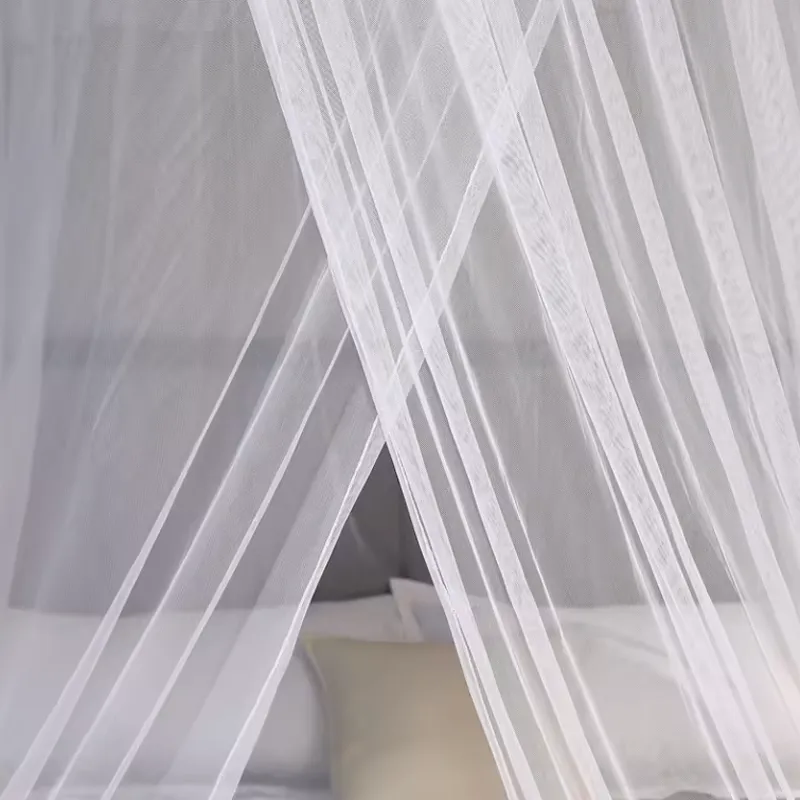
Technical Advantages and Customization Capabilities for Optimized Protection
The technical superiority of modern hanging bed net systems stems from a confluence of advanced material science, precision engineering, and adherence to global health standards. A primary advantage is the meticulously engineered mesh, typically exceeding the WHO-recommended 156 HPSI, which serves as an impenetrable physical barrier against even minute insects while ensuring optimal airflow, crucial for comfort in humid climates. Unlike less refined alternatives, premium nets like the Dome Hanging Mosquito Net utilize high-strength polyester or HDPE filaments, characterized by their impressive tensile strength and resistance to tearing and abrasion, extending the product's lifespan significantly beyond that of conventional fabrics. This enhanced durability translates directly into reduced replacement cycles and lower long-term procurement costs for B2B clients. Furthermore, the incorporation of Long-Lasting Insecticidal Treatment (LLIT) represents a significant technological leap. These treatments, involving active ingredients like permethrin or deltamethrin, are chemically bonded to the net fibers, maintaining their efficacy for up to five years or through multiple washes. This dual-action protection, combining physical barrier with chemical repellency/mortality, offers a superior defense mechanism against insecticide-resistant mosquito strains, a growing concern in global public health. The lightweight and compact design of these nets also facilitates unparalleled portability and ease of deployment, making them ideal for rapid response scenarios and environments where permanent structures are impractical or impossible. Their modular nature allows for quick setup and takedown, a critical logistical advantage for NGOs, military units, and hospitality groups.
Beyond their inherent technical advantages, leading manufacturers like CR Screen offer extensive customization capabilities for their hanging bed net solutions, empowering B2B clients to tailor products precisely to their unique operational requirements. Customization options begin with dimensions, allowing for nets perfectly sized for specific bed types (single, double, queen, king, or even cot/bunk beds) or bespoke enclosures, ensuring comprehensive coverage and eliminating gaps. Material specifications can also be customized, including denier count for enhanced ruggedness, choice between polyester for drape and polyethylene for outdoor resilience, and even specialized treatments such as inherent flame retardancy to meet stringent safety codes in hospitality or institutional settings (e.g., NFPA 701 compliance). Color options are available to align with brand aesthetics or environmental blending requirements, from traditional white for hospitals to olive green for military applications. Furthermore, the integration of specific features like multiple entry/exit points, reinforced hanging loops, specialized packaging for bulk distribution, or inclusion of installation kits (hooks, ropes) can be managed. For large-scale procurement, manufacturers offer comprehensive support from design conceptualization through to mass production and logistics, ensuring that customized hanging bug net solutions meet both technical performance benchmarks and cost-efficiency targets. This bespoke approach ensures that organizations receive not just a product, but a highly optimized solution for their specific insect control challenges, maximizing return on investment and enhancing overall operational effectiveness.
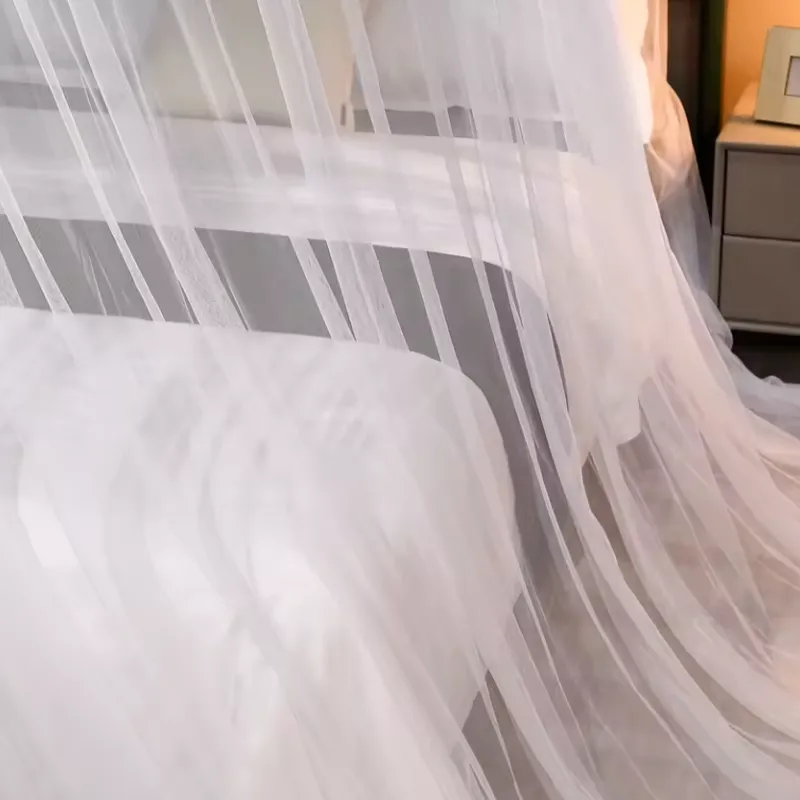
Building Trust and Ensuring Reliability: Our Commitment to Clients
With over two decades of specialized experience in engineered mesh solutions, our commitment to delivering superior hanging bed net products is underpinned by a robust framework of quality assurance, authoritative certifications, and unparalleled customer support. Our manufacturing processes are rigorously audited to comply with ISO 9001 standards, guaranteeing consistency, reliability, and continuous improvement across our entire product line, from raw material sourcing to final packaging. For insecticidal nets, we strictly adhere to WHOPES guidelines, conducting internal and external bioassays to validate the long-lasting efficacy of our treatments, ensuring that our clients receive products that not only meet but exceed global health recommendations. Our extensive service history includes successful collaborations with a diverse array of international organizations, governmental bodies, and leading hospitality groups, providing solutions that have been proven effective in the most challenging environments. Each batch of the Dome Hanging Mosquito Net undergoes comprehensive testing, including burst strength tests (e.g., according to ASTM D3786), tearing strength (e.g., ASTM D1424), and dimensional stability, to ensure product integrity and longevity. This rigorous testing regimen, coupled with transparent reporting, allows our B2B clients to procure with absolute confidence, knowing they are investing in certified, high-performance solutions that protect lives and enhance operational effectiveness. Our dedication to quality is not merely a claim but a verifiable outcome demonstrated through meticulous process control and verifiable performance data.
Ensuring client satisfaction and maximizing the operational lifespan of our hanging mosquito net for bed solutions are core tenets of our business philosophy, which extends beyond product delivery to comprehensive post-sales support. Our average delivery lead time for standard products typically ranges from 3-4 weeks, with expedited options available for urgent requirements, while customized orders are managed through a detailed project timeline mutually agreed upon with the client. We understand the critical nature of timely supply for large-scale deployments and maintain efficient logistics networks to facilitate global distribution. Every product, including our Dome Hanging Mosquito Net, is backed by a comprehensive 2-year manufacturer's warranty against defects in material and workmanship, offering peace of mind and demonstrating our confidence in the product's enduring quality. Beyond this, our dedicated technical support team is available to provide guidance on installation, maintenance, and long-term care, ensuring optimal performance and longevity. Our robust customer service infrastructure includes a dedicated FAQ module on our product pages and direct channels for technical inquiries and support. This holistic approach to client engagement, coupled with our deep expertise spanning over two decades in the industry, reinforces our position as a trusted and authoritative partner in providing cutting-edge hanging bed net solutions that meet the evolving demands of a global market. Our continuous investment in R&D ensures that our offerings remains at the forefront of protective technology.
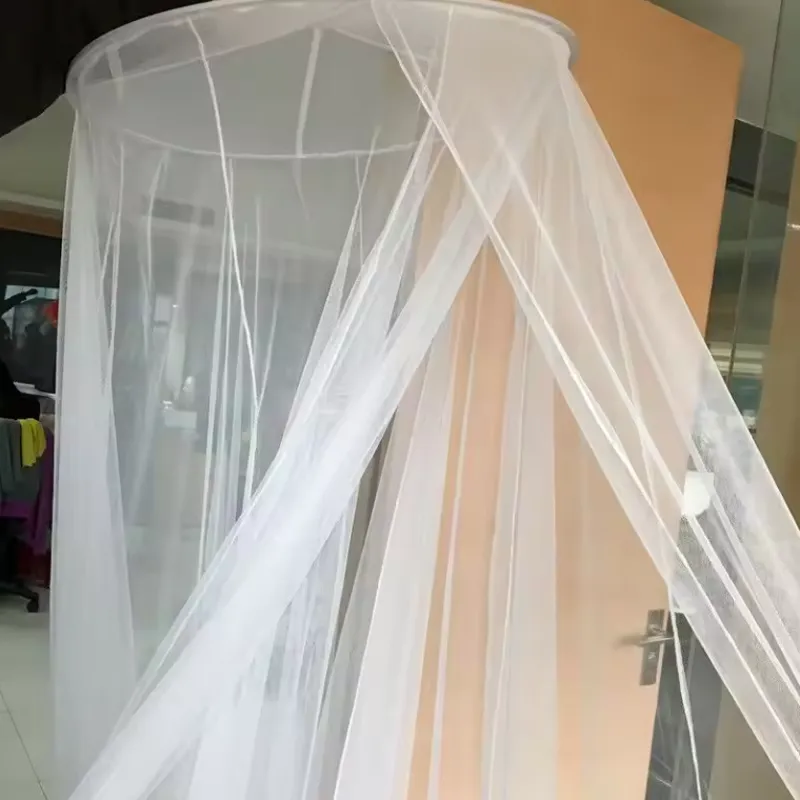
Frequently Asked Questions (FAQs)
-
Q: What is the optimal mesh density for a hanging bed net to ensure maximum protection?
A: The World Health Organization (WHO) recommends a minimum mesh density of 156 holes per square inch (HPSI) to effectively prevent the passage of even the smallest mosquitoes and other biting insects. Our Dome Hanging Mosquito Nets meet or exceed this critical standard, typically featuring 156 to 200 HPSI, ensuring superior barrier protection without compromising airflow.
-
Q: How does the insecticidal treatment on your hanging mosquito net for bed work, and how long does it last?
A: Our treated nets, categorized as Long-Lasting Insecticidal Nets (LLINs), are impregnated with permethrin or deltamethrin. These insecticides are chemically bound to the net fibers, providing a repellent and killing effect on contact for mosquitoes. This treatment is designed to remain effective for at least 3 to 5 years under typical use conditions or through 20 washes, validated by WHOPES guidelines and rigorous testing.
-
Q: Can the Dome hanging bug net be customized for specific dimensions or colors for large orders?
A: Absolutely. We specialize in providing customized hanging bed net solutions for B2B clients. This includes tailoring dimensions to fit unique bed sizes or spatial requirements, selecting specific denier counts for enhanced durability, and offering a wide range of color options to align with branding or environmental needs. Please contact our sales team with your specific requirements for a detailed consultation and quotation.
Authoritative References
- World Health Organization. (2019). WHO Recommended Long-Lasting Insecticidal Nets (LLINs) for Malaria Control.
- International Organization for Standardization. (2015). ISO 9001:2015 Quality management systems – Requirements.
- American Society for Testing and Materials. (2018). ASTM D3786/D3786M - 18 Standard Test Method for Bursting Strength of Textile Fabrics.
- American Society for Testing and Materials. (2014). ASTM D1424 - 09(2014) Standard Test Method for Tearing Strength of Fabrics by Falling-Pendulum Type (Elmendorf) Apparatus.
- Oeko-Tex Association. (2023). OEKO-TEX® Standard 100.
Products
Latest news
-
Buffer Management Techniques for a Net Sliding Window
NewsAug.25,2025 -
Fixed Screen Window for Basement Vents
NewsAug.25,2025 -
Cleaning and Maintaining Your Pleated Mesh Window
NewsAug.25,2025 -
Roller Fly Screens That Resist Pet Claws
NewsAug.25,2025 -
Black Insect Screen for Balcony Railings
NewsAug.25,2025 -
Retractable Options for Bug Proof Screen
NewsAug.25,2025 -
Unveiling the Allure and Practicality of Classic Mosquito Nets
NewsJul.04,2025
